Eurovision Song Contest discography
Introduction
The Eurovision Song Contest is an annual international song competition, held primarily among the member countries of the European Broadcasting Union. Since its inception in 1956, the contest has been one of the longest-running television shows in the world, providing a platform for artists to represent their countries with original songs. This article provides a comprehensive discography of the Eurovision Song Contest, detailing the songs, artists, and results from each year of the competition.
1950s


1956
The inaugural Eurovision Song Contest took place in Lugano, Switzerland in 1956. Seven countries participated, each presenting two songs. The winning song was "Refrain" performed by Lys Assia for Switzerland.
1957-1959
In the following years, the number of participating countries increased. Notable entries include "Net Als Toen" by Corry Brokken for the Netherlands in 1957, and "Dors, mon amour" by André Claveau for France in 1958. The decade ended with the victory of "Een beetje" by Teddy Scholten for the Netherlands in 1959.
1960s
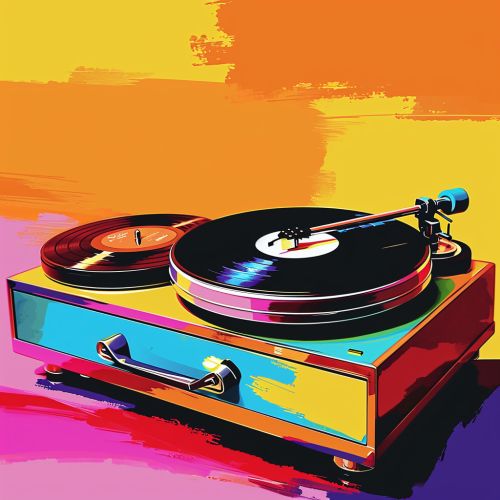
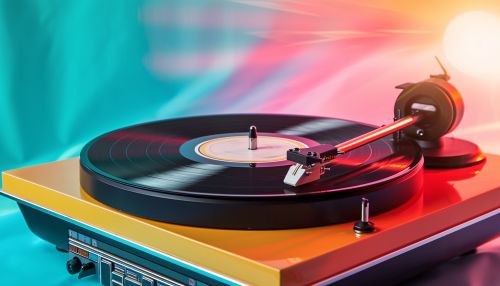
The 1960s saw the Eurovision Song Contest grow in popularity, with more countries joining the competition. This decade is notable for the United Kingdom's first win in 1967 with "Puppet on a String" by Sandie Shaw, and Spain's consecutive wins in 1968 and 1969.
1970s


The 1970s brought significant changes to the Eurovision Song Contest, including the introduction of the voting system that is still in use today. The decade is also known for ABBA's win for Sweden in 1974 with the song "Waterloo", which went on to become a global hit.
1980s
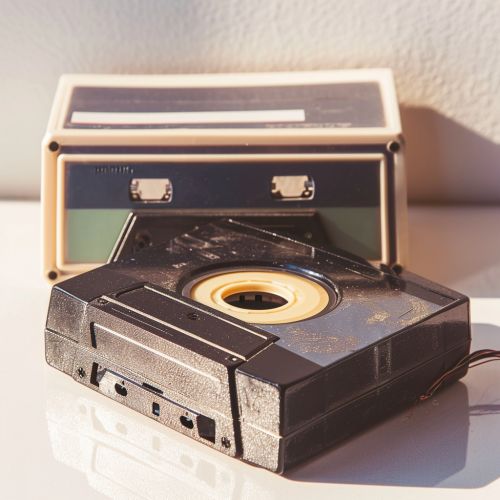
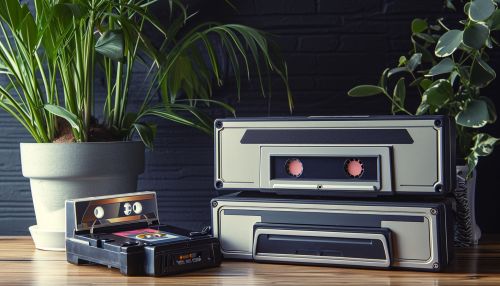
The 1980s saw the introduction of the reprise, where the winning song is performed again at the end of the broadcast. This decade is also notable for Ireland's dominance, winning the contest three times.
1990s
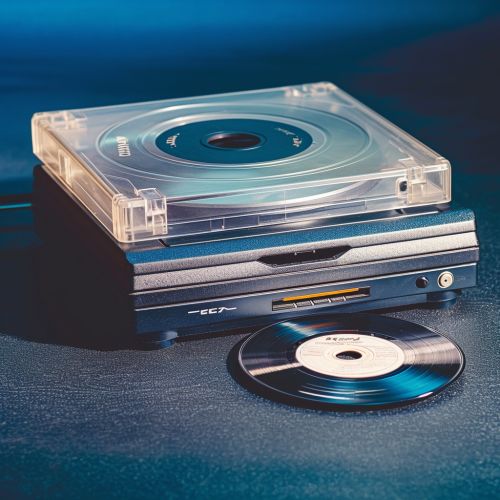
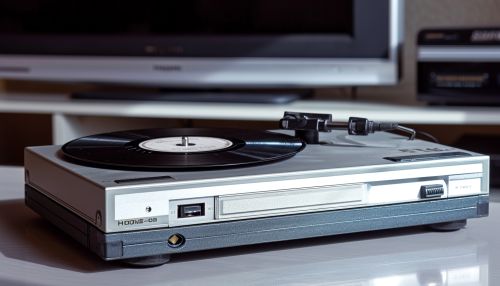
The 1990s marked the end of the Cold War, which led to many Eastern European countries joining the contest. This decade also saw the introduction of televoting, allowing viewers to vote for their favorite songs.
2000s
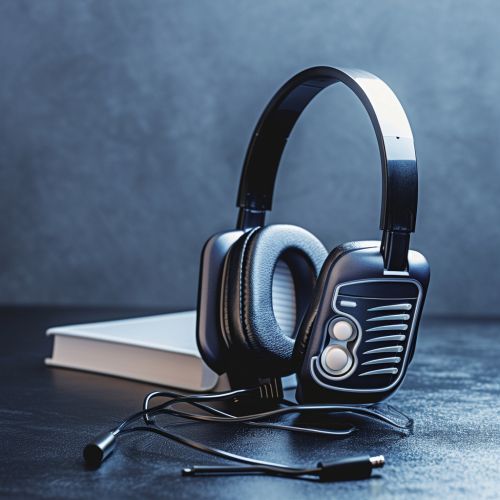
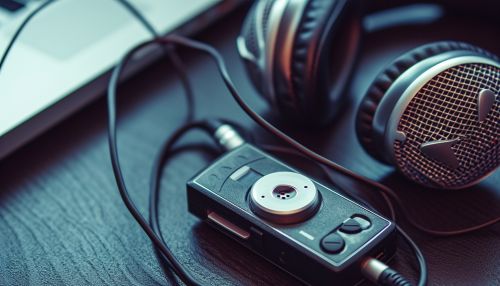
The 2000s saw the introduction of the semi-final round, increasing the number of participating countries. This decade is also known for the contest's expansion outside of Europe, with countries like Australia and Israel participating.
2010s
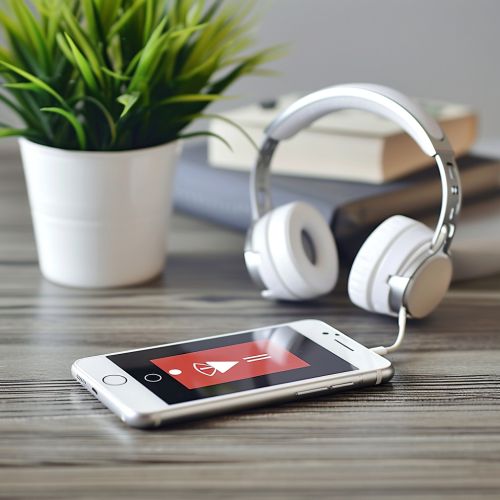

The 2010s saw the introduction of the second semi-final round, further increasing the number of participating countries. This decade is also notable for the contest's increasing popularity on social media.
2020s
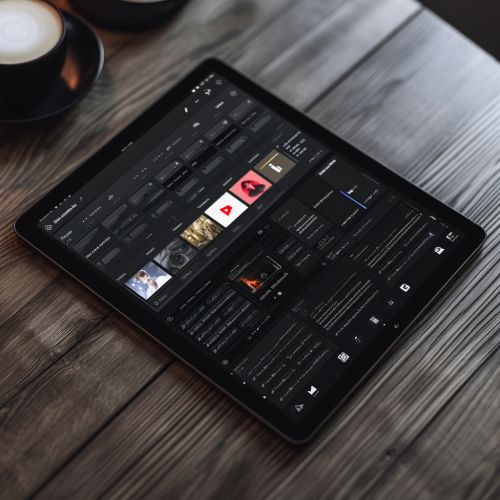
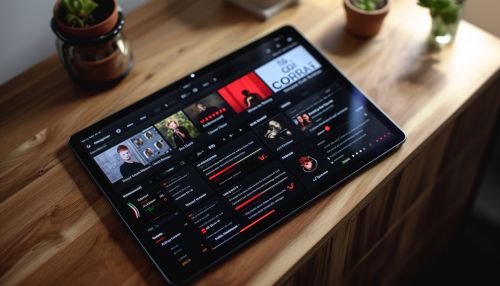
The 2020s started with the cancellation of the 2020 contest due to the COVID-19 pandemic. The contest resumed in 2021 with strict health and safety measures in place.
